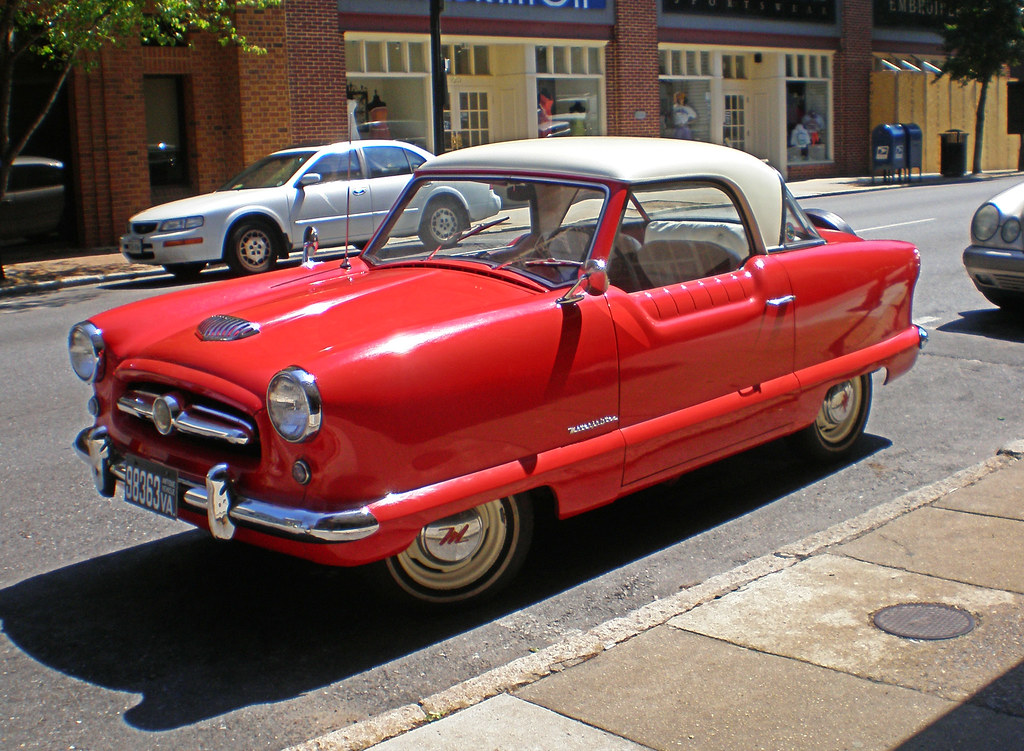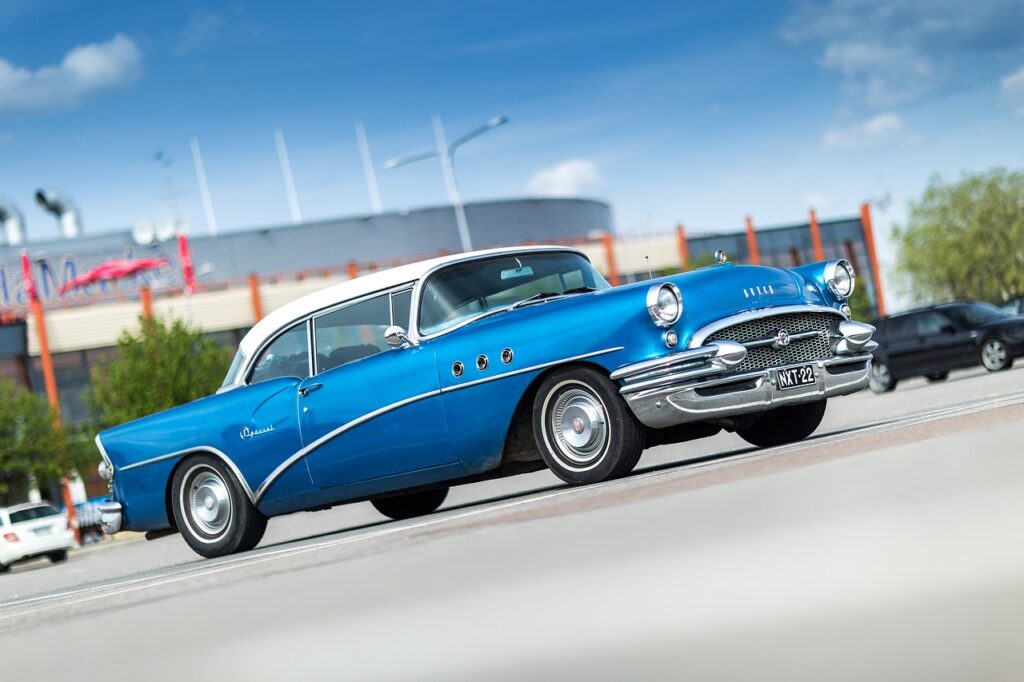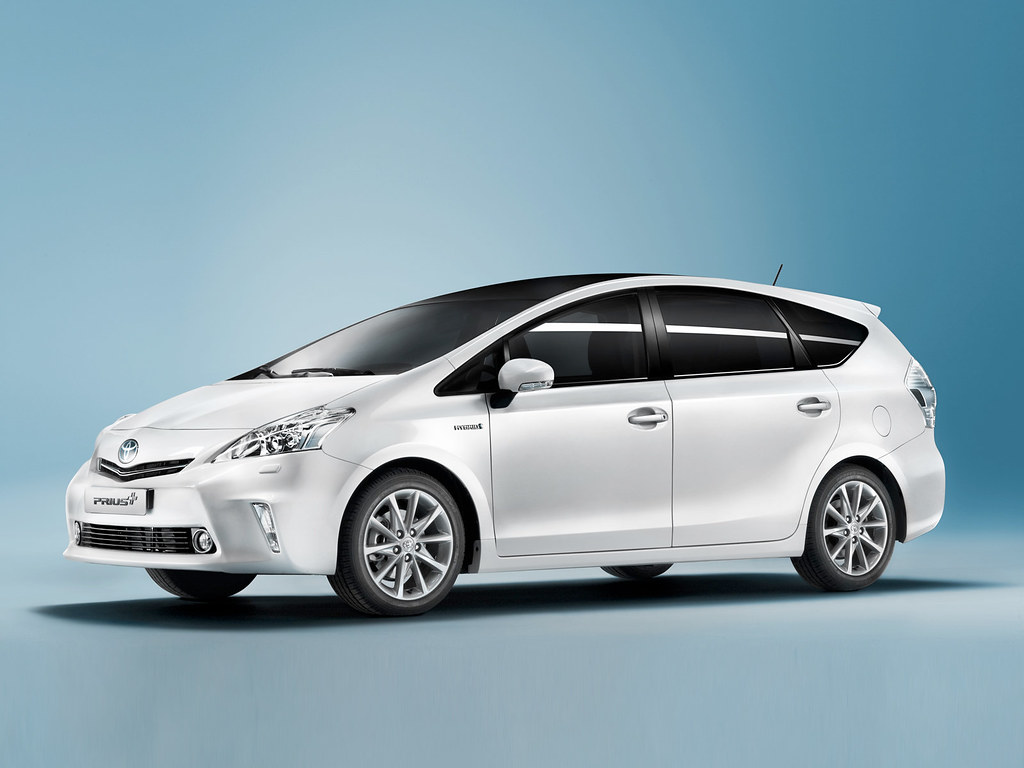
A mere decade ago, the term ‘hybrid’ primarily evoked images of pragmatic efficiency, often associated with vehicles like the Toyota Prius or the Mitsubishi Outlander PHEV. These cars, while undeniably practical and economical, were largely seen as forgettable in terms of exhilarating driving dynamics. However, the automotive landscape has undergone a dramatic transformation, especially within the high-performance segment, where hybrid sports cars are now fundamentally redefining expectations and capabilities. This evolution is driven by the strategic integration of electric motors to deliver instant torque, effectively eliminating traditional petrol engine shortcomings like turbo lag and unleashing brutal acceleration that was once unattainable.
This paradigm shift is evident across the industry, with examples like the Mercedes C 63 S E-Performance and the Volkswagen Golf GTE demonstrating that hybridization extends far beyond mere fuel saving. Instead, it’s actively making cars faster, sharper, and significantly more engaging to drive. The advantages of hybrid technology in sports cars are multifaceted, encompassing not only these obvious performance gains but also improved fuel economy, reduced emissions, and in certain instances, a practical electric-only range. These benefits translate into fewer trips to the petrol station and greater overall cost efficiency, underscoring that today’s hybrid sports cars offer a compelling blend of thrills and genuine practicality.
While fully electric models are steadily gaining market share and traditional petrol-powered icons continue to captivate, hybrid sports cars, particularly in their most extreme forms, have often occupied exclusive, high-cost niches. Yet, a golden age of new technology is dawning, promising a renaissance of sports car models that harness hybrid powertrains not just for efficiency, but emphatically for performance. We are witnessing a monumental leap, from hybrids that were once perceived as efficient but slow, due in no small part to the ubiquitous Toyota Prius, to a new breed where hybrid technology dramatically enhances the performance of sports cars and supercars alike. This article delves into seven compelling examples that showcase this remarkable journey and the reasons behind this electrifying embrace of hybrid systems.
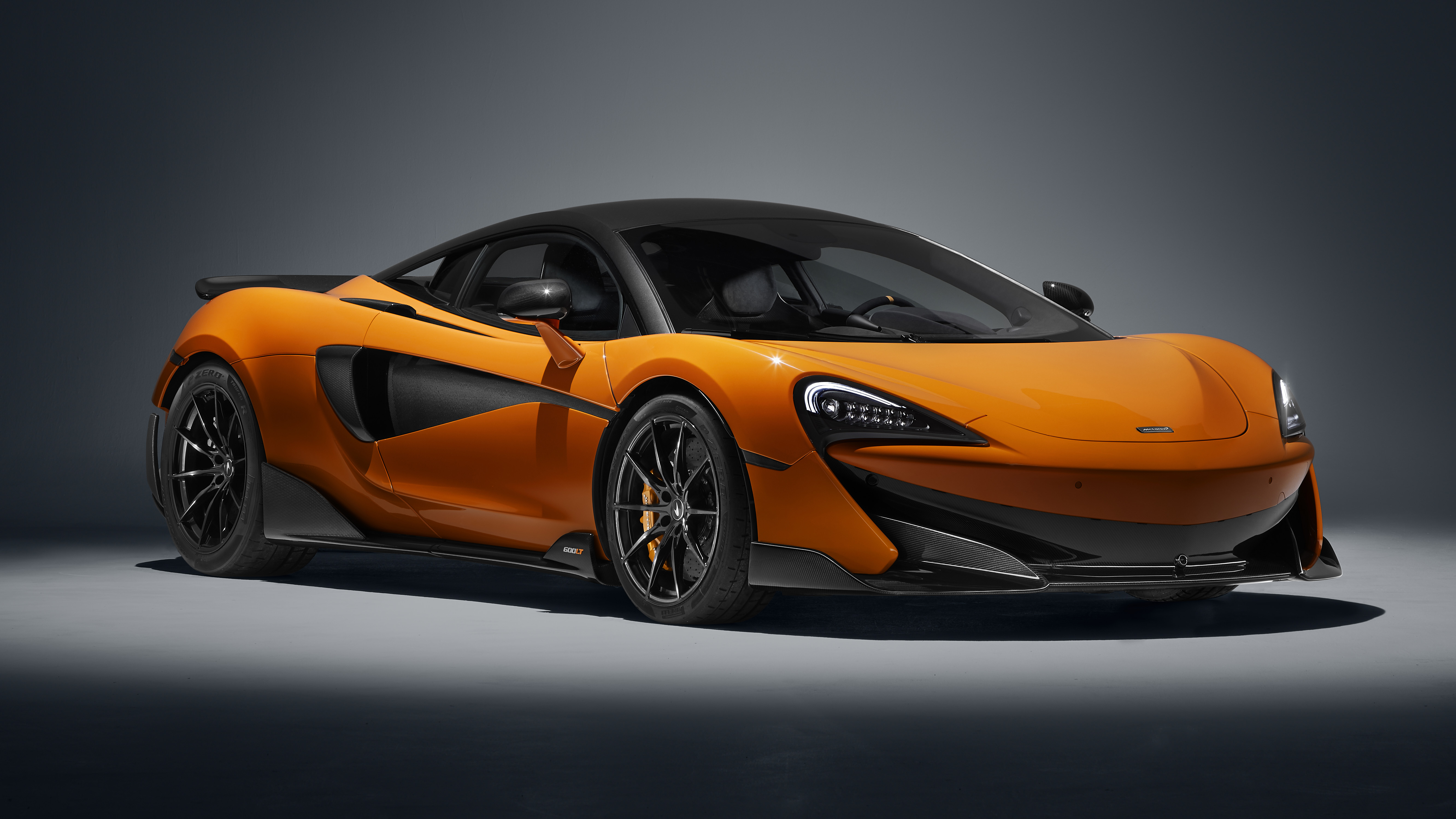
1. **McLaren Artura: The Pushing Boundaries of Modern Supercars**The McLaren Artura stands as a testament to how hybrid technology has become a buzzword in the elite world of sports and supercars. This model exemplifies the notion that hybrid systems are no longer solely about efficiency but are now central to unlocking unprecedented levels of performance. Its existence signals a significant shift, proving that terms once associated with mundane vehicles now define cutting-edge automotive engineering.
While specific details of its hybrid system are not extensively outlined, the Artura’s ability to achieve 0-62 mph in just 3.0 seconds from a starting price of £189,200 clearly positions it as a high-performance machine. This rapid acceleration is a direct benefit of the instant torque delivery characteristic of electric motors, which are integrated into its powertrain. It represents the vanguard of a new generation of supercars that leverage electrification to enhance dynamic capabilities.
This McLaren is part of a broader trend where hybrid technology is being embraced to create sports cars that are not only incredibly quick but also more responsive and engaging. It encapsulates the vision of a future where high-performance vehicles seamlessly blend traditional internal combustion with electric power to deliver a truly exhilarating driving experience. The Artura’s very presence on this list underscores the viability and desirability of hybrid powertrains in the upper echelons of the automotive market.
Car Model Information: 2023 McLaren Artura Coupe
Name: McLaren Artura
Manufacturer: McLaren Automotive
Designer: Rob Melville
Production: 2022–present
ModelYears: 2023–present
Assembly: Woking,Surrey,England
Layout: Rear mid-engine, rear-wheel drive layout
Class: Sports car
BodyStyle: coupé
Platform: MCLA (McLaren Carbon Lightweight Architecture)
Engine: cvt,McLaren M630 engine,twin-turbo
Motor: Axial flux motor
Transmission: Dual-clutch transmission
Battery: Lithium-ion battery
Drivetrain: PHEV
Wheelbase: cvt
Length: cvt
Width: cvt
Height: cvt
Weight: 3302 lb
Abbr: on
Order: flip (Spider)
Predecessor: McLaren 570S
Doors: Butterfly doors
Sp: uk
Powerout: Engine: {{cvt,585,PS,kW hp,0,abbr=on
Categories: Articles with short description, Cars introduced in 2021, Commons category link from Wikidata, Coupés, Hybrid electric cars
Summary: The McLaren Artura is a hybrid electric sports car designed and manufactured by the British car manufacturer McLaren Automotive since 2022. It is the third hybrid by the company since the P1 and Speedtail, and the first with a V6 engine.
The name Artura was announced on 23 November 2020. It is a combination of the words art and future. It inaugurates a new carbon fibre chassis called MCLA (McLaren Carbon Lightweight Architecture).
Get more information about: McLaren Artura
Buying a high-performing used car >>>
Brand: McLaren Model: Artura
Price: $189,996 Mileage: 7,258 mi.
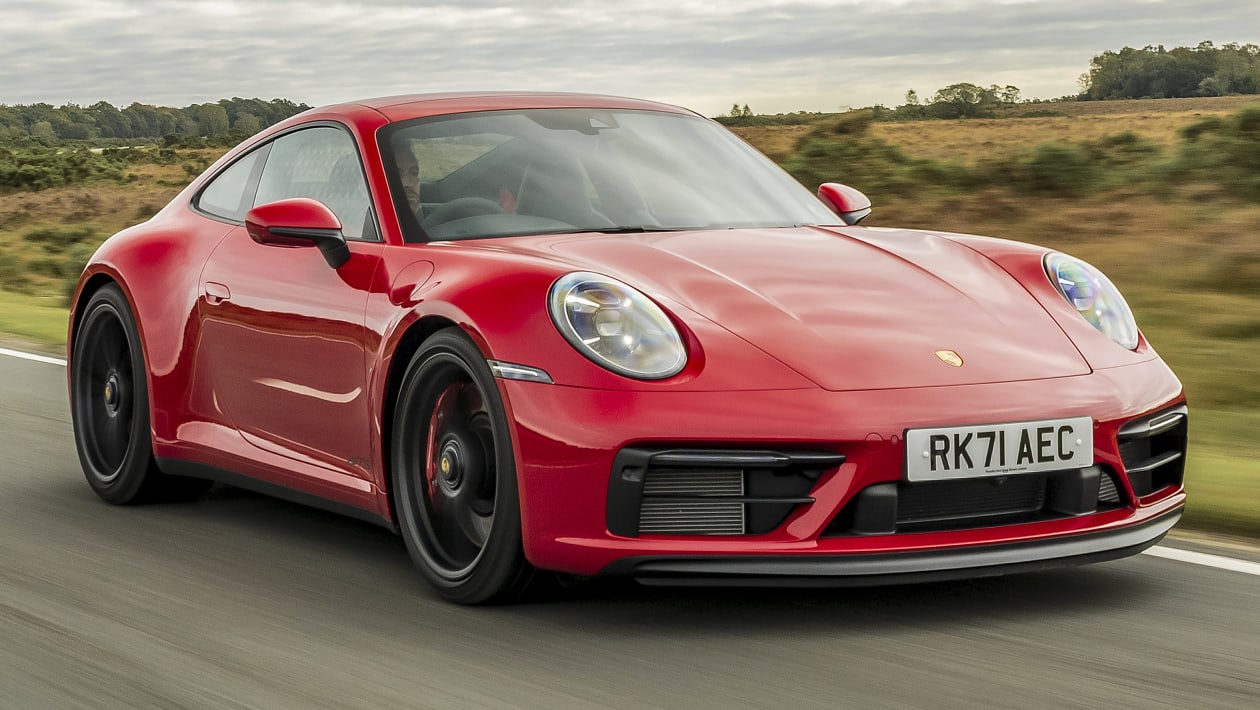
2. **Porsche 911 GTS: The Iconic Marque’s Electrified Evolution**Porsche’s integration of hybrid technology into its venerable 911 line marks a significant and anticipated evolution for the iconic sports car. This move, a long march in the making, is now materializing in the GTS model with a powertrain that is proving to be more intriguing than initially expected. It demonstrates a commitment to enhancing performance while adapting to modern demands for efficiency and responsiveness.
Unique to the GTS, Porsche has introduced an entirely new powertrain system. This innovative setup combines a fundamentally new 3.6-liter flat-six engine with an electrically assisted gas turbo. This technological approach is akin to systems found in new-age AMG vehicles, but with an added layer of sophistication: the ability to capture unused energy and store it back into the battery, optimizing power delivery and efficiency.
Furthermore, the eight-speed PDK transmission, already renowned for its rapid shifts, now incorporates an additional electric motor. This integration was foresightfully designed into the gearbox’s housing, creating a truly unique and fascinating hybrid powertrain. The combined system yields impressive peak figures of 533bhp and 610Nm, making the new GTS more powerful than its predecessors, while crucially offering better fuel consumption and enhanced throttle response. The anticipation to drive this model next year speaks volumes about the excitement surrounding Porsche’s hybrid future.
Car Model Information: 2023 Volvo XC60 B5 Ultimate Bright Theme
Name: Porsche 911 (992)
Caption: Porsche 911 Carrera Cabriolet (992.2)
Manufacturer: Porsche
Aka: Porsche 911,Porsche Carrera
Production: 2018–present
Assembly: Stuttgart,Zuffenhausen
Designer: Michael Mauer
Class: Sports car
BodyStyle: coupé,targa top,convertible
Platform: Volkswagen Group MMB platform
Layout: Rear-engine, rear-wheel-drive layout,Rear-engine, four-wheel-drive layout
Engine: Petrol,twin-turbo,3.7 L twin-turbocharged flat-6,naturally aspirated engine,Mild Hybrid,turbocharged,3.6 L twin-turbocharged flat-6
Motor: Synchronous motor
Transmission: manual transmission,7-speed manual,dual-clutch transmission,dual-clutch transmission
Drivetrain: Hybrid electric vehicle
Battery: Lithium-ion battery
Wheelbase: 2450 mm
Abbr: on
Length: convert
Width: convert
Height: convert
Weight: convert
Sp: uk
Predecessor: Porsche 911 (991)
Categories: 2020s cars, All-wheel-drive vehicles, All articles needing additional references, All articles with unsourced statements, Articles needing additional references from September 2025
Summary: The Porsche 992 is the eighth and current generation of the Porsche 911 sports car, which was introduced at the Porsche Experience Center in Los Angeles on 27 November 2018.
Get more information about: Porsche 911 (992)
Buying a high-performing used car >>>
Brand: Porsche Model: 911 GTS
Price: $33,595 Mileage: 57,695 mi.
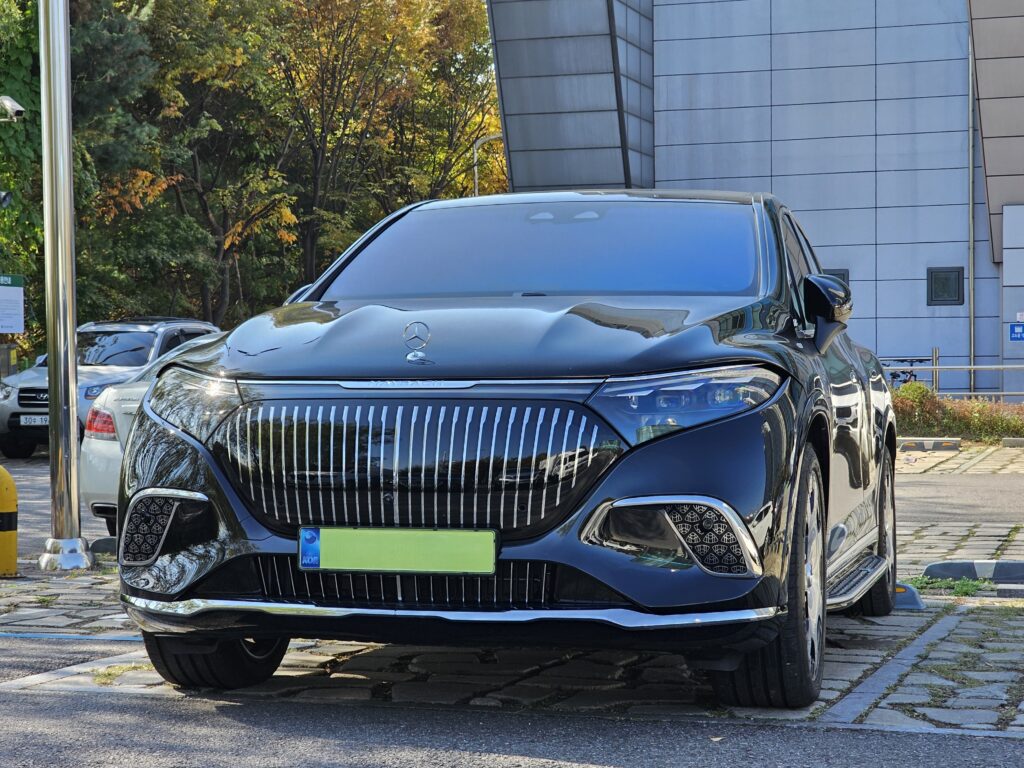
3. **Mercedes GT63 S E Performance: A Powerful Approach to Hybrid Performance**Mercedes-AMG has charted a distinct course with its hybrid-assisted sports car flagship, the GT63 S E Performance, resulting in a substantially more potent offering. This vehicle stands as a testament to a different interpretation of hybrid integration, one focused squarely on maximizing raw power and delivering an uncompromised driving experience. It showcases how hybrid systems can elevate performance to extreme levels.
Through another variation of its bespoke AMG-designed hybrid system, the new GT63 S E Performance generates an astounding peak power figure of 805bhp and 1,050Nm of torque. This formidable output is achieved by pairing a twin-turbocharged V8 engine, nestled under the bonnet, with an electrified rear axle. This rear axle cleverly incorporates an electric motor, a two-speed gearbox, and a lithium-ion battery pack, creating a highly sophisticated and potent arrangement.
The system employed in the GT63 S E Performance is considerably more powerful than that found in the 911, suggesting a more pronounced impact on the overall driving dynamics of the GT. This aggressive approach to hybrid performance underlines AMG’s philosophy of using electrification to amplify their vehicles’ already formidable capabilities, pushing the boundaries of what is possible in a hybrid sports car. It promises an intensely engaging and high-octane experience.
Car Model Information: 2023 Volvo XC60 B5 Ultimate Bright Theme
Name: Mercedes-Benz E-Class (W213)
Manufacturer: Daimler AG
Production: February 2016 – 2023
ModelYears: 2017–2023
Assembly: ubl
Designer: Robert Lešnik
Class: Executive car
BodyStyle: Saloon (car)
Platform: Mercedes-Benz MRA platform
Related: Mercedes-Benz C-Class (W205),Mercedes-Benz CLS-Class (C257),Mercedes-AMG GT 4-Door Coupé
Layout: Front-engine, rear-wheel-drive
Engine: ubl
Motor: ubl
Abbr: coupé
Transmission: Mercedes-Benz 9G-Tronic transmission,automatic transmission
Drivetrain: Parallel hybrid
Battery: Lithium-ion
Wheelbase: 2939 mm
Length: 4923 mm
Width: 1852 mm
Height: 1468 mm
Weight: Mercedes-Benz Long-Wheelbase E-Class (V213)
Sp: us
Predecessor: Mercedes-Benz E-Class (W212)
Successor: Mercedes-Benz E-Class (W214)
Categories: 2020s cars, All-wheel-drive vehicles, All Wikipedia articles written in British English, All articles needing additional references, All articles with unsourced statements
Summary: The W213 Mercedes-Benz E-Class is the fifth generation of the Mercedes-Benz E-Class, sold from 2016 as a 2017 model. It succeeded the W212/S212 E-Class models. The coupe/convertible models share the same platform as the sedan/wagon, in contrast to the previous generation. The high-performance Mercedes-AMG E 63 and E 63 S versions of the W213 have been available as well from 2016 (as a 2017 model), and these are the only versions with V8 engines.
Since the mid-1990s, the Mercedes-Benz E-Class has been equipped with quad headlights and a differentiated design compared to the C-Class and S-Class. With the 2017 model, Mercedes decided to take a more streamlined direction, first seen with the 2014 E-Class mid-generational refresh and then going in an entirely new direction with the all-new 2017 model.
Launched in spring 2016 following a world debut at the 2016 North American International Auto Show in January, the 2017 E-Class was the most technologically advanced car Mercedes had ever produced at the time. This generation of the Mercedes E-Class has won many plaudits from automotive publications, including the 2021 Motor Trend Car of the Year, the first time Mercedes-Benz has ever won this award.
Get more information about: Mercedes-Benz E-Class (W213)
Buying a high-performing used car >>>
Brand: Mercedes-AMG Model: GT63 S E Performance
Price: $33,595 Mileage: 57,695 mi.
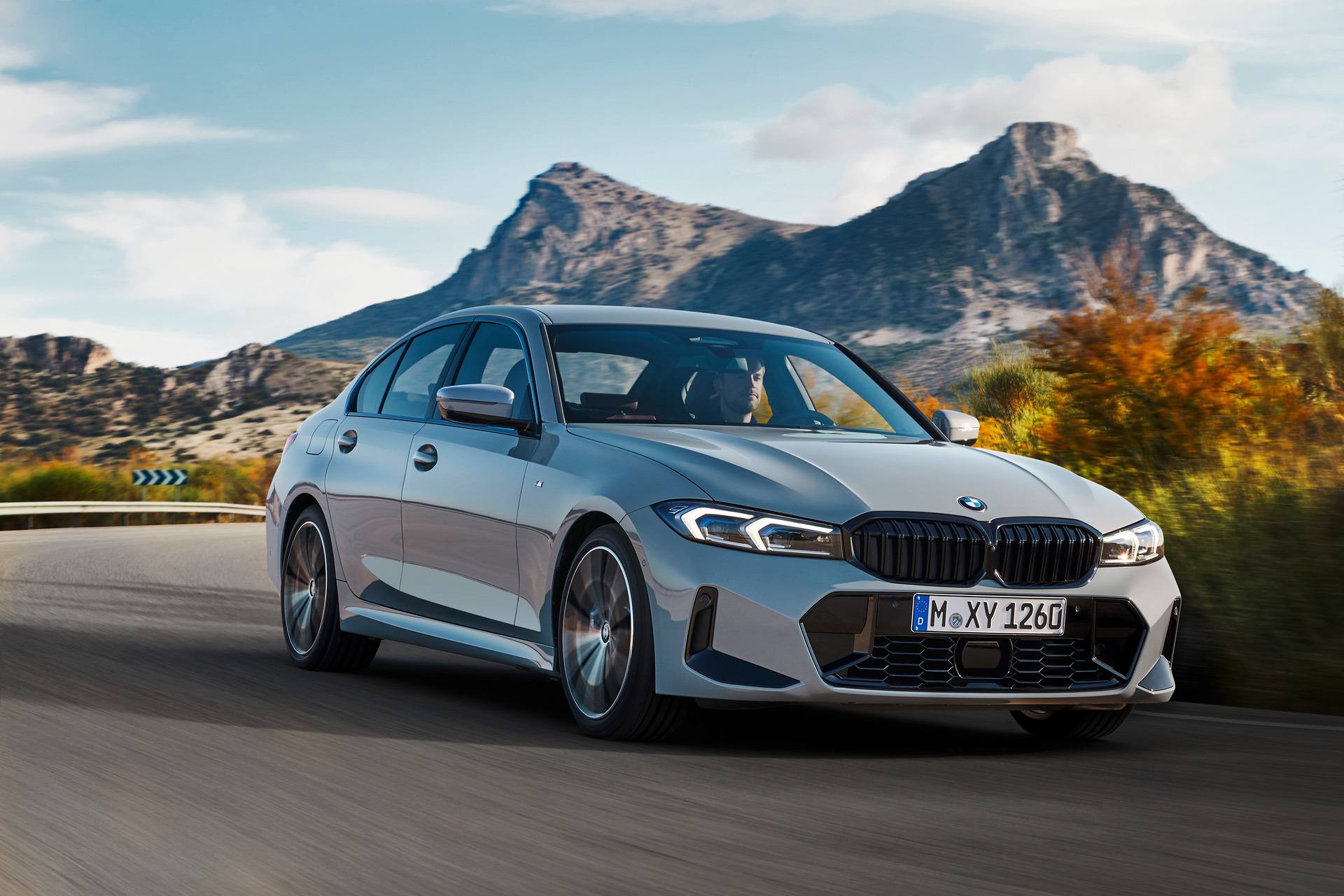
4. **BMW i8: The Visionary Pioneer of Hybrid Sports Cars**The BMW i8, though no longer in production, remains a groundbreaking hybrid sports car whose innovative design and technology would likely be as fresh today as they were upon its launch in 2014. It served as a forward-thinking example of how a combination of a high-performance petrol engine and electric motors could deliver compelling sports car performance, setting a benchmark for its era.
This pioneering vehicle utilized a compact yet potent three-cylinder petrol engine paired with electric motors to achieve performance comparable to a basic Porsche 911 Carrera of the early 2010s. While its outright speed might not match today’s top-tier sports cars, the i8 was lauded as a wonderful car to drive, distinguished by its unique blend of efficiency and dynamic prowess. It proved that thrilling performance didn’t have to come at the expense of environmental consciousness.
Beyond its innovative powertrain, the i8 featured other high-tech aspects that underscored its progressive nature. These included a nearly complete carbon fibre construction, striking dihedral doors, and even a small set of rear seats, adding a touch of practicality. Despite its advanced features, the i8 did not achieve massive sales in its production period, even in its open-top Spider form. However, like many truly progressive models, its appeal is likely to grow over time, making its future market values a point of interest for collectors and enthusiasts.
Car Model Information: 2019 BMW i8 Base
Name: BMW i8 (I12/I15)
Manufacturer: BMW
Production: April 2014 – June 2020 , (20,465 units)
Assembly: Saxony,Leipzig
Predecessor: BMW ActiveE
Successor: BMW 8 Series (G15),BMW M8
Class: Sports car
BodyStyle: coupé
Layout: Transverse engine,mid-engine,all-wheel-drive
Motor: 131 hp
Order: EPA
Abbr: on
Engine: turbocharged,I3 engine
Battery: kWh,lithium-ion battery
Transmission: Aisin,AWTF-80 SC
Drivetrain: Plug-in hybrid
Wheelbase: Convert
Length: Convert
Width: Convert
Height: Convert
Weight: Convert
Range: 500 km
ElectricRange: 37 km
Related: BMW i3
Designer: Vision EfficientDynamics
Doors: Butterfly doors
Powerout: 369 hp
ModelYears: 2014–2020
Categories: All articles containing potentially dated statements, All articles that are excessively detailed, All articles with style issues, Articles containing potentially dated statements from October 2016, Articles containing potentially dated statements from September 2016
Summary: The BMW i8 is a plug-in hybrid sports car developed by BMW. The i8 was part of BMW’s electrified fleet and was marketed under the BMW i sub-brand. The production version of the BMW i8 was unveiled at the 2013 Frankfurt Motor Show and was released in Germany in June 2014. Deliveries to retail customers in the U.S. began in August 2014. A roadster variant was launched in May 2018. Production ended in June 2020.
The 2015 BMW i8 accelerated from 0 to 100 km/h (62 mph) in 4.4 seconds and had an electronically limited top speed of 250 km/h (155 mph). The 2015 model year i8 had a 7.1-kWh lithium-ion battery pack that delivered an all-electric range of 37 km (23 mi) under the New European Driving Cycle. Under the U.S. EPA cycle, the range in EV mode was 24 km (15 mi). The battery capacity of both the BMW i8 Roadster and the i8 Coupe was increased to 11.6 kWh in 2018, allowing the NEDC electric range to rise to 55 km (34 mi) for the coupé and 53 km (33 mi) for the roadster.
The BMW i8 coupé had a fuel efficiency of 2.1 L/100 km (134.5 mpg‑imp; 112.0 mpg‑US) under the NEDC test with carbon emissions of 49 g/km. The EPA rated the i8 combined fuel economy at 76 MPGe (2.1 L gasoline-equivalent/100 km; 91 mpg-imp gasoline-equivalent) and 29 miles per gallon (6.7L/100 km) when running in pure gasoline mode.
Get more information about: BMW i8
Buying a high-performing used car >>>
Brand: BMW Model: i8
Price: $74,733 Mileage: 39,315 mi.

5. **Honda NSX: Underappreciated Innovation in Hybrid Supercar Design**The Honda NSX, another hybrid sports car that has recently ceased production, consistently introduced a new generation of automotive technology. Much like its acclaimed predecessor, the modern NSX was a technological tour de force, yet it faced the challenge of being largely underappreciated by the very customers positioned to acquire it. It was a clear demonstration of hybrid potential in a high-performance package.
At its heart, the NSX featured a highly clever and powerful twin-turbocharged V6 engine, seamlessly combined with four electric motors. This sophisticated powertrain effectively positioned the NSX as a ‘miniature Porsche 918 Spyder,’ offering comparable advanced hybrid performance at a fraction of the cost. The integration of electric motors provided instant torque and enhanced all-wheel-drive capabilities, contributing significantly to its dynamic performance.
Despite its technical brilliance and impressive capabilities, slow sales ultimately curtailed its market exposure. Similar to the original NSX, this iteration quietly exited the global markets after achieving only a trickle of sales. The final edition received an upgrade for American buyers, adopting the ‘Type S’ moniker, typically reserved for high-performance Acura models – the brand under which it was sold in North American markets. Its departure leaves a legacy of innovation that perhaps the market wasn’t quite ready for.
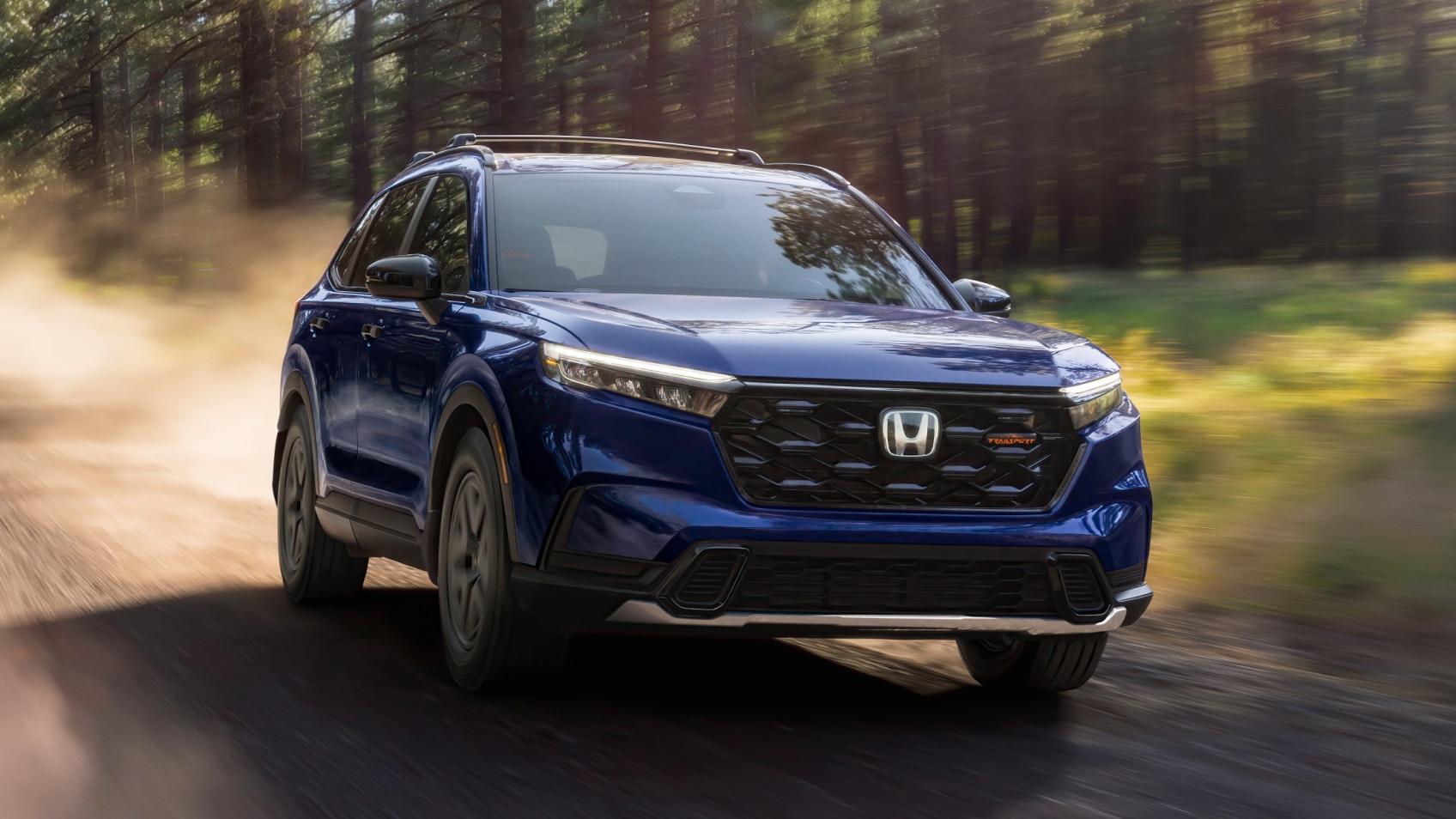
6. **Honda Prelude 2025: Democratizing Hybrid Performance for Enthusiasts**Historically, hybrid super and sports cars have largely been the exclusive domain of the affluent, but Honda is embarking on a mission to democratize this technology with the eagerly anticipated reincarnation of the Prelude. This upcoming model is poised to feature a refined version of the hybrid petrol engine currently found in the Civic, signaling Honda’s ambition to make performance hybrids more accessible to a broader audience.
The new Prelude aims to reignite a passion for compact coupes among a new generation of car enthusiasts in the modern era. While it has so far only been unveiled as a near-production concept, the global release of this model is highly anticipated. Unlike rivals such as Toyota’s GR86 or the Mazda MX-5, the Prelude is expected to have a negligible impact on fleet CO2 averages, thanks to its efficient hybrid powertrain.
This crucial advantage means Honda will possess the flexibility to sell as many units of the Prelude as it desires and needs, unburdened by strict emission regulations that often limit the availability of petrol-only sports cars. This strategy holds the promise of inspiring a new wave of enthusiasts, offering a more sustainable yet equally enjoyable package that beautifully balances performance with environmental responsibility.
Car Model Information: 2001 Honda Prelude Base 2dr Coupe
Name: Honda Prelude
Caption: 1998 Honda Prelude VTi (BB6) in the UK
Manufacturer: Honda
Production: November 1978 – October 2001,2025–present
Class: Sport compact car
Layout: Front-engine, front-wheel-drive
BodyStyle: liftback,coupe
Assembly: Sayama, Saitama
Predecessor: Honda 1300#Honda 145
Categories: 1980s cars, 1990s cars, 2020s cars, All articles lacking reliable references, All articles needing additional references
Summary: The Honda Prelude is a sport compact car produced by the Japanese company Honda. It was produced over five generations from 1978 to 2001, and reintroduced in 2025. For the first five generations, as a two-door coupe loosely derived from the Accord, the Prelude was the first Honda to feature a moonroof, a feature that remained standard equipment throughout its production. The Prelude was used by Honda to introduce the Japanese Honda retail sales chain Honda Verno, with the international release of the model following shortly after. The Prelude’s manufacture concluded in 2001 on introduction of the fourth-generation Integra. The Prelude name was originally trademarked by Toyota, but was amicably given to Honda for use. The Prelude’s nameplate aligned with a series of music-themed nameplates in use by Honda, including the Accord, Quintet, Concerto, Jazz, and Ballade.
Get more information about: Honda Prelude
Buying a high-performing used car >>>
Brand: Honda Model: Prelude
Price: $18,975 Mileage: 38,734 mi.
Read more about: 9 Compact Cars Making a Big Splash in 2025: Expert Picks and Detailed Analysis
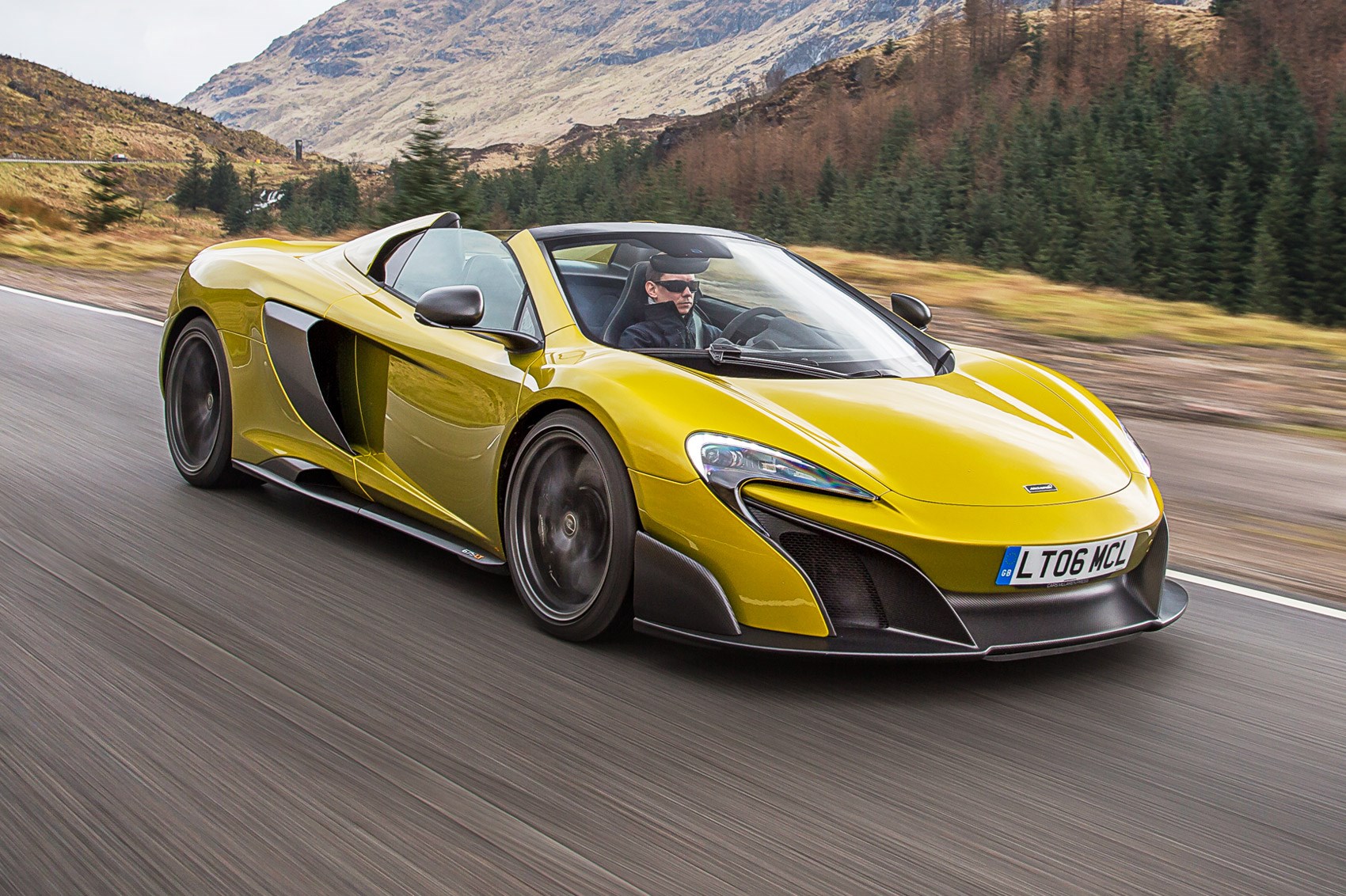
7. **McLaren W1: Setting a New Benchmark for Hybrid Hypercar Speed**The McLaren W1 emerges as the spiritual successor to the legendary P1, steadfastly upholding its hybrid legacy and pushing the boundaries of hypercar performance. This vehicle is a prime example of how hybrid technology is being leveraged to establish new benchmarks in speed, agility, and overall driving exhilaration within the extreme performance segment. It embodies the pinnacle of current hybrid-assisted automotive engineering.
At its core, the W1 is powered by a formidable 4.0-liter twin-turbo V8 engine, seamlessly integrated with an electric motor. This powerful combination yields a staggering 1,258 horsepower and 988 lb-ft of torque, ensuring truly explosive performance. With a 0-60 mph time of just 2.7 seconds and the ability to reach 124 mph in a mere 5.8 seconds, the rear-wheel-drive W1 delivers breathtaking acceleration that places it firmly among the elite.
Beyond its raw power, the W1 features advanced aerodynamics, including distinctive gullwing doors that replace McLaren’s traditional dihedral doors, specifically designed to optimize airflow. While its top speed is stated at 217 mph, the W1’s essence lies more in its rapid acceleration and exceptional agility, making it one of the most exhilarating hypercars of its generation. It showcases how hybrid systems enhance not just straight-line speed but the entire dynamic profile of an ultra-performance machine.
Having explored the foundational shift of hybrid technology into mainstream and emerging sports cars, we now turn our gaze to the absolute pinnacle of automotive engineering: the hypercar frontier. This is where hybrid systems are not merely enhancing performance but redefining what’s possible, pushing the very limits of speed, power, and dynamic capability. These are machines of extreme ambition, marrying colossal internal combustion engines with sophisticated electric powertrains to create true engineering marvels that captivate enthusiasts and set new global benchmarks.
In this segment, we delve into a collection of hypercars that exemplify this extreme integration, each representing a unique philosophy in the pursuit of ultimate performance. These vehicles are far more than just transportation; they are statements of intent, showcasing the most advanced aerodynamic principles, cutting-edge materials, and revolutionary power delivery systems. Join us as we unpack the extraordinary power and engineering behind these next-generation performance machines, revealing how hybrid technology is at the very heart of their unparalleled prowess.
.jpg/1200px-Aston_Martin_Vulcan_(27701406352).jpg)
8. **Aston Martin Valhalla: Precision and Power in a Limited-Edition Hybrid**Known colloquially as the ‘son of Valkyrie,’ the Aston Martin Valhalla stands as a remarkable mid-engine supercar, a vivid testament to how electrification can amplify the inherent drama and performance of a high-octane machine. This exclusive model represents a significant stride in Aston Martin’s commitment to hybrid technology, specifically engineered to deliver an unparalleled blend of raw power and track-focused precision. Its very existence signals a future where the iconic British marque embraces electrification without compromising its legendary performance heritage.
At its core, the Valhalla houses a formidable 4.0-liter twin-turbo AMG V8 engine, distinguished by its flat-plane crankshaft, which is seamlessly augmented by an electric motor. This synergistic powertrain generates an awe-inspiring total output of 1,064 horsepower and 811 lb-ft of torque, ensuring blistering acceleration and immense pulling power across its rev range. The strategic integration of the electric motor provides instant torque fill, sharpening throttle response and contributing to its blistering 0-60 mph time of just 2.5 seconds, placing it firmly in hypercar territory.
Beyond its electrifying powertrain, the Valhalla is an aerodynamic masterpiece, featuring F1-inspired aerodynamics that generate an impressive 1,322 lbs of downforce. This immense downforce is critical for maintaining stability and grip at extreme speeds, enhancing its track capabilities and allowing drivers to exploit its full potential with confidence. Limited to a mere 999 units, the Valhalla is not just Aston Martin’s most powerful mid-engine production car to date; it’s a testament to the brand’s audacious push towards electrified performance, blending exclusivity with groundbreaking engineering.
Car Model Information: 2023 Volvo XC60 B5 Ultimate Bright Theme
Sp: uk
Name: Aston Martin Valhalla
Caption: A 2022 Aston Martin Valhalla Prototype
Manufacturer: Aston Martin
Aka: Aston Martin AM-RB 003 (developmental name)
Production: 2019 (AM-RB 003 prototype),2025–present
ModelYears: 2026
Assembly: Gaydon, Warwickshire
Designer: Adrian Newey
Class: Sports car
BodyStyle: coupé
Layout: Mid-engine, four-wheel-drive layout
Engine: Mercedes-AMG,Mercedes-Benz M176/M177/M178 engine#M178,Twin turbo,V8 engine
Motor: Brushless DC electric motor
Powerout: 1064 bhp
Abbr: on
Transmission: Graziano Trasmissioni,Dual-clutch transmission
Battery: 150kW/400V/6.1kWh hybrid battery system
Drivetrain: PHEV
Wheelbase: 2760 mm
Length: 4748 mm
Width: 2014 mm
Height: 1161 mm
Weight: 1655 kg
Doors: Dihedral doors
Related: Aston Martin Valkyrie
Categories: 2020s cars, Articles with short description, Aston Martin vehicles, Cars introduced in 2019, Commons category link is on Wikidata
Summary: The Aston Martin Valhalla is a sports car developed by British manufacturer Aston Martin in collaboration with Red Bull Racing. The mid-engined car has a plug-in hybrid powertrain and is meant to sit below the flagship Valkyrie track-focused sports car and is intended to be more usable as an everyday car.
Get more information about: Aston Martin Valhalla
Buying a high-performing used car >>>
Brand: Aston Martin Model: Valhalla
Price: $33,595 Mileage: 57,695 mi.
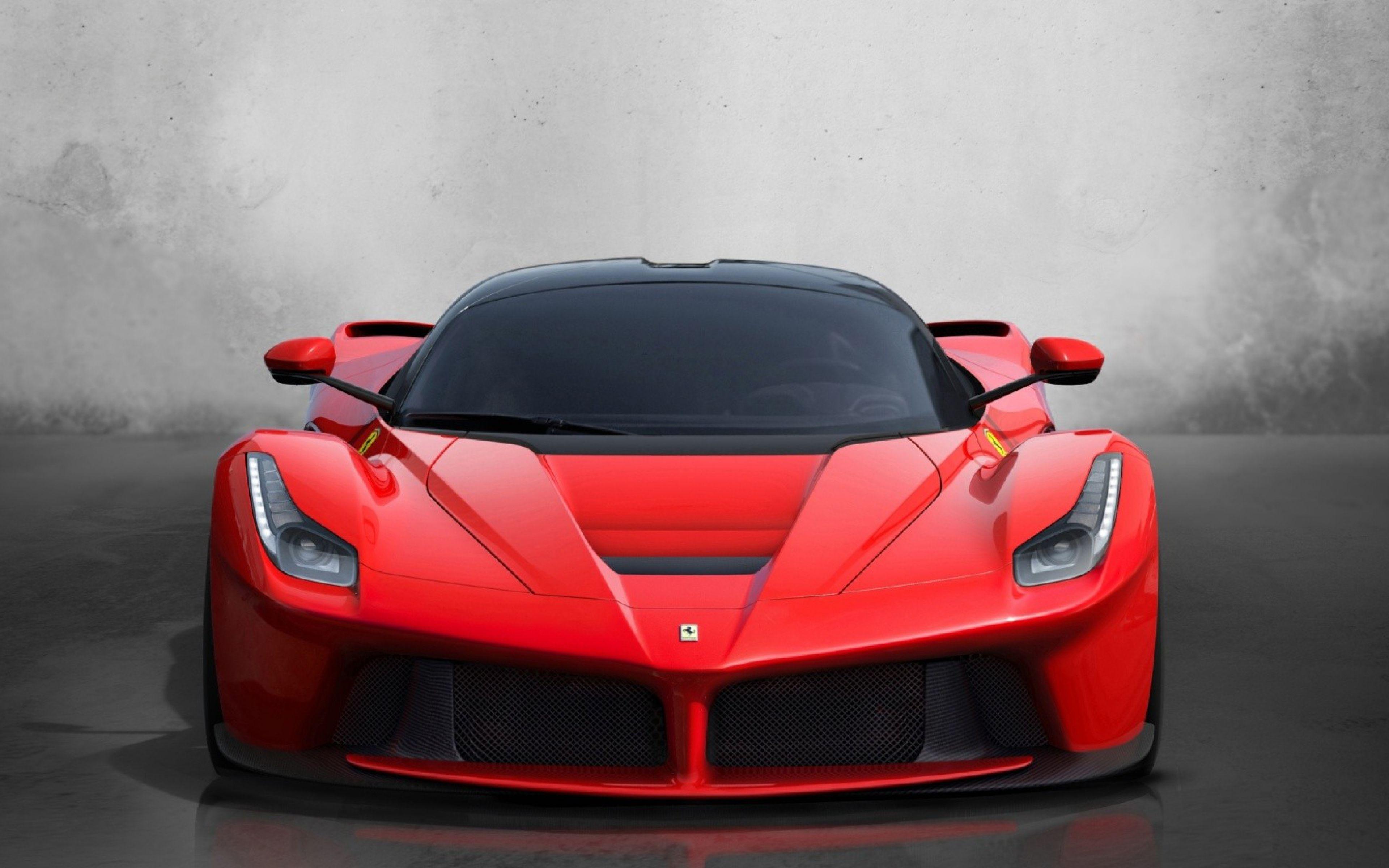
9. **Ferrari F80: Redefining Hybrid Supercar Performance for the Future**Stepping into the colossal shoes of the legendary LaFerrari, the Ferrari F80 emerges as a radical reimagining of hybrid supercar performance, propelling the Prancing Horse into a new era of automotive excellence. This groundbreaking machine fully embraces hybrid technology, leveraging its capabilities to deliver performance figures that redefine the very concept of a track weapon that is also road-legal. Its controversial yet undeniably futuristic design hints at the revolutionary engineering contained within.
The heart of the F80 is a sophisticated 3.0-liter twin-turbo V6 engine, a unit directly derived from Ferrari’s extensive and successful Le Mans racing heritage. This potent V6 is masterfully paired with an array of three electric motors, culminating in a staggering combined output of 1,184 horsepower. While the overall torque figures remain a closely guarded secret, the V6 alone contributes a substantial 627 lb-ft, ensuring immediate and relentless acceleration that pushes the boundaries of human perception.
One of the F80’s most significant advancements lies in its revolutionary approach to power delivery, distributing its colossal output across all four wheels. This all-wheel-drive system, seamlessly integrated with the hybrid powertrain, ensures optimal traction and dynamic stability, enabling the F80 to rocket from 0-60 mph in an astonishing under 2.15 seconds. This unparalleled acceleration, combined with its visionary design and extreme performance capabilities, positions the Ferrari F80 as a pivotal vehicle, charting the course for the next generation of hybrid supercars.
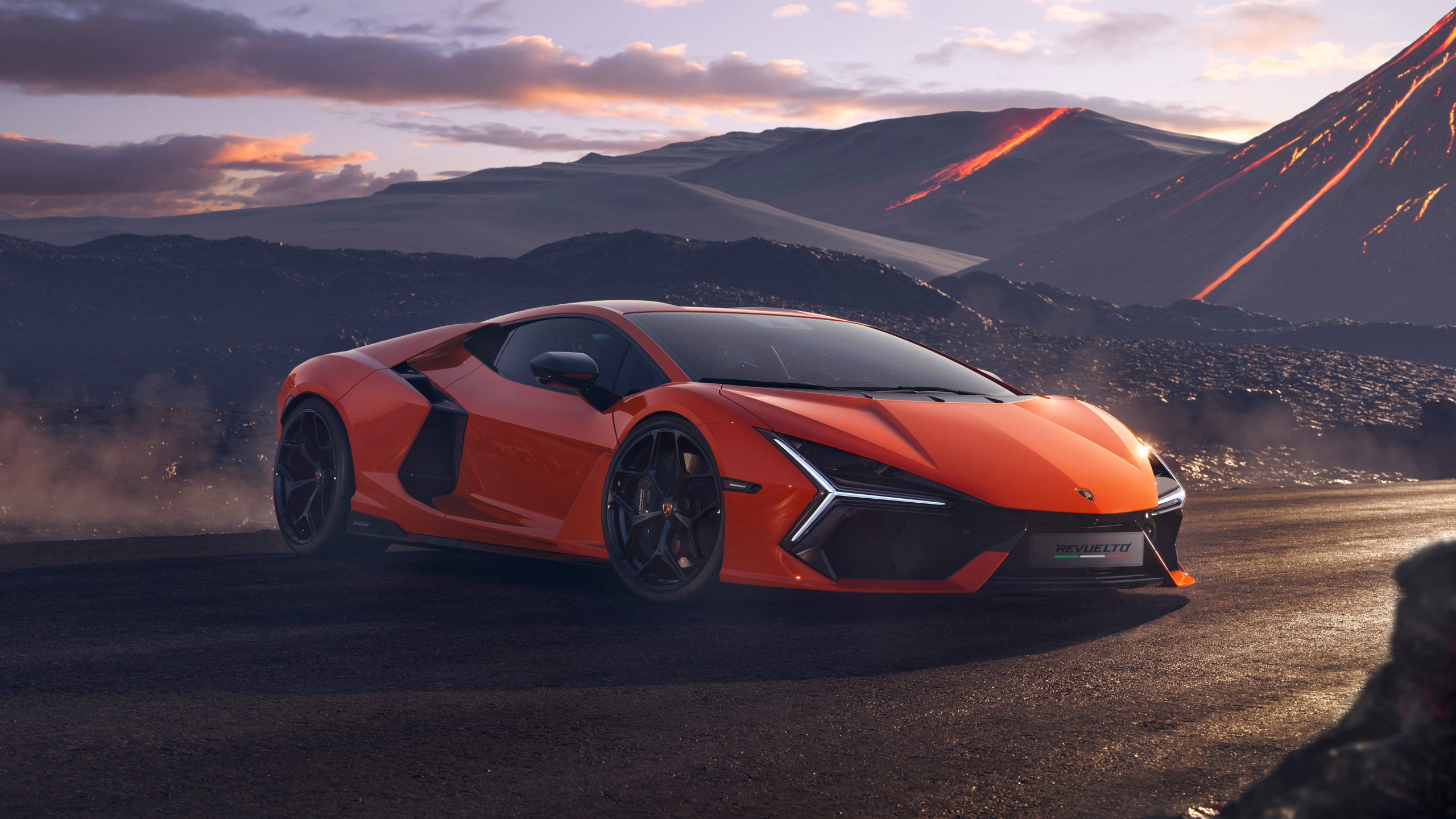
10. **Lamborghini Revuelto: A Hybrid V12 Masterpiece with Cutting-Edge Tech**Lamborghini, a marque synonymous with visceral V12 power and uncompromising theatrics, has boldly embraced electrification with its first high-performance electrified vehicle (HPEV), the Revuelto. This stunning machine represents a daring leap into the future, harmoniously blending the raw, emotional power of a naturally aspirated V12 engine with the instantaneous torque and efficiency of advanced hybrid technology. It’s a testament to Lamborghini’s ability to innovate while preserving its fiercely individualistic identity.
At its core, the Revuelto boasts a magnificent naturally aspirated 6.5-liter V12 engine, an engineering marvel in its own right, which is complemented by three electric motors. This intricate powertrain symphony results in a combined output of 1,001 horsepower, propelling the Revuelto with an exhilarating force that only a Lamborghini can deliver. The V12 engine itself is a highlight, capable of revving to an astonishing 9,500 rpm, producing an auditory experience that is pure automotive ecstasy, untouched by the common criticisms sometimes leveled at hybridized powerplants.
Further enhancing its dynamic prowess, the Revuelto features an entirely new chassis and an innovative transversely mounted DCT transmission. This meticulous engineering ensures optimal weight distribution, contributing significantly to the car’s agility and responsiveness, while simultaneously improving its aerodynamic efficiency. With a blistering 0-60 mph time of 2.5 seconds and an official top speed of 217+ mph, with hints from Lamborghini that it can exceed even that formidable figure, the Revuelto is not merely a hybrid; it is a bold, cutting-edge masterpiece that definitively ushers Lamborghini into its electrified future.
Car Model Information: 2024 Lamborghini Revuelto
Name: Lamborghini Revuelto
Manufacturer: Lamborghini
Production: 2023–present
ModelYears: 2024–present
Assembly: Sant’Agata Bolognese
Designer: Mitja Borkert
Class: Sports car
BodyStyle: coupé
Doors: Scissor doors
Layout: Mid-engine, four-wheel-drive layout
Related: Lamborghini Fenomeno
Engine: cvt,Lamborghini V12,Naturally aspirated engine,V12 engine
Motor: permanent magnet motor
Powerout: ubl
Transmission: Dual-clutch transmission
Battery: 3.8 kWh Lithium-ion high specific power battery with pouch cells
Drivetrain: PHEV
Wheelbase: cvt
Length: cvt
Width: cvt
Height: cvt
Weight: cvt
Predecessor: Lamborghini Aventador
Sp: uk
Categories: Articles with short description, CS1 German-language sources (de), CS1 Italian-language sources (it), Cars introduced in 2023, Commons category link from Wikidata
Summary: The Lamborghini Revuelto (Spanish pronunciation: [reˈβwelto]) is a mid-engine plug-in hybrid sports car produced by the Italian automobile manufacturer Lamborghini. It was officially unveiled on 29 March 2023 as a successor to the Aventador. The Revuelto’s namesake is a Spanish fighting bull that fought in the arena of Barcelona in the 1880s.
As of July 2023, the Revuelto has gone into full production, with the first units having been delivered in the last quarter of 2023.
Get more information about: Lamborghini Revuelto
Buying a high-performing used car >>>
Brand: Lamborghini Model: Revuelto
Price: $714,995 Mileage: 1,259 mi.
Read more about: The 8 Most High-Tech Luxury Cars in the Market Right Now: What Tech Blogs and Feature Lists Reveal for Gadget Enthusiasts.

11. **Mercedes-AMG ONE: Bringing Formula 1 Hybrid Drivetrains to the Road**The Mercedes-AMG ONE stands as an unparalleled engineering achievement, a direct transfusion of Formula 1 hybrid technology from the pinnacle of motorsport directly onto public roads. This hypercar is not merely inspired by F1; it *is* an F1 car, adapted for road legality, embodying Mercedes-AMG’s unwavering commitment to pushing the boundaries of performance and technological innovation. Its very existence is a testament to immense technical challenges overcome.
Powering this extraordinary machine is a compact yet ferociously powerful 1.6-liter turbocharged V6 engine, identical in architecture to the power unit used in Mercedes-AMG Petronas F1 cars, paired with no less than four electric motors. This intricate and highly advanced hybrid system collectively produces a monumental 1,049 horsepower. While official torque figures have not been disclosed, the hybrid-assisted setup guarantees immediate and brutal power delivery, eliminating any semblance of lag and ensuring instantaneous response to driver input, just as in a grand prix car.
The AMG ONE’s innovative drivetrain comprises an electrified front axle and a hybrid rear axle, a sophisticated arrangement designed to optimize traction, handling, and energy recovery. This complex system was pivotal in achieving its astounding 218 mph top speed and, notably, in setting the production car lap record at the Nürburgring – a stark indicator of its ultimate performance capabilities. Despite a challenging development process that stretched engineering ingenuity to its limits, the result is a road-legal hypercar with the very heart of an F1 machine, offering an unmatched and utterly visceral driving experience that blurs the line between racing and reality.

12. **Koenigsegg Gemera: The Ultimate Four-Seater Hybrid Hypercar with Unprecedented Power**Koenigsegg, renowned for its relentless pursuit of extreme performance, has once again shattered conventional automotive norms with the Gemera, a groundbreaking hypercar that audaciously redefines what a four-seater vehicle can be. This remarkable machine stands as a testament to Christian von Koenigsegg’s vision of ultimate performance combined with surprising practicality, offering seating for four adults and ample storage for luggage – a true “Mega-GT” that defies expectations in every conceivable way.
Initially conceived with an innovative inline-three engine, the Gemera has since evolved to incorporate an even more formidable powertrain. It now boasts a colossal 5.0-liter twin-turbo V8 engine, seamlessly integrated with an electric motor, resulting in a mind-blowing total output of 2,269 horsepower and an earth-shattering 2,028 lb-ft of torque. This immense power output positions the Gemera as one of the most potent vehicles ever created, demonstrating Koenigsegg’s unparalleled mastery in extracting extreme performance from hybrid architectures.
While Koenigsegg initially claimed a top speed of 248 mph with the inline-three configuration, official figures for the new V8 powertrain are yet to be confirmed, though they are undoubtedly set to be equally staggering. The Gemera’s unique blend of extreme, record-setting performance and everyday usability makes it a truly groundbreaking addition to the hypercar segment. It proves that exhilaration doesn’t have to come at the expense of practicality, offering a truly unprecedented proposition for those who demand the absolute pinnacle of speed without leaving anyone behind.
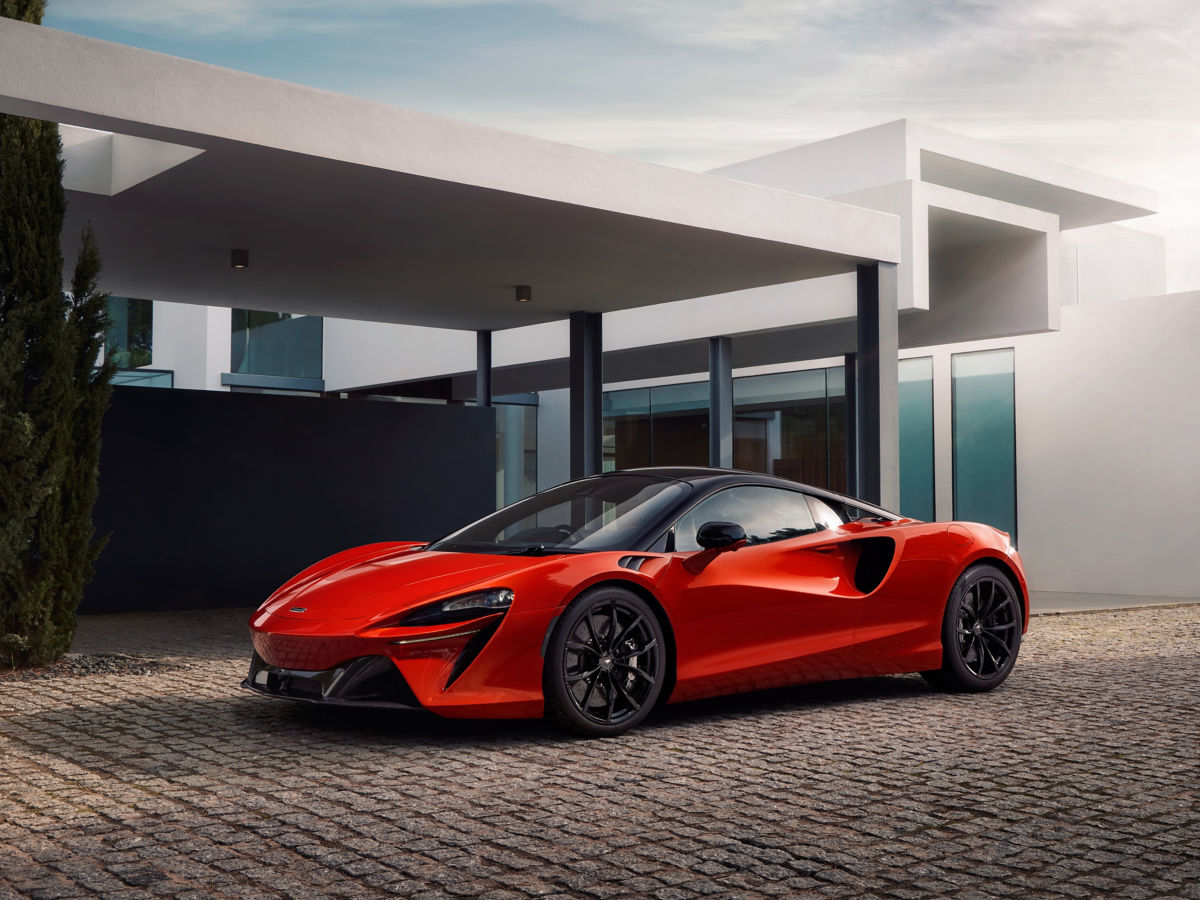
13. **McLaren Speedtail: A Futuristic Hyper-GT Optimized for Extreme Speed**The McLaren Speedtail stands as a futuristic hyper-GT, meticulously engineered and aerodynamically optimized to achieve unparalleled top speeds while providing a luxurious grand touring experience. This extraordinary vehicle, built in an exclusive run of just 106 units, is more than just a car; it’s a testament to McLaren’s prowess in combining breathtaking aesthetics with groundbreaking performance, directly invoking the spirit of its legendary F1 predecessor. It masterfully bridges the gap between opulent luxury and blistering high-speed capability.
At the heart of the Speedtail’s incredible performance is a sophisticated hybrid powertrain, comprising a 4.0-liter twin-turbo V8 engine paired with an electric motor. This powerful combination generates a formidable 1,055 horsepower and 848 lb-ft of torque, enabling the Speedtail to effortlessly reach its stratospheric top speed. Every curve and line of its elongated body is purpose-built for aerodynamic efficiency, allowing it to cleave through the air with minimal resistance and achieve its astonishing 250 mph maximum velocity.
Further cementing its connection to the iconic McLaren F1, the Speedtail features a distinctive central driving position, flanked by two passenger seats, creating an intimate and driver-focused cockpit. This unique three-seat layout, combined with cutting-edge aerodynamic enhancements, underscores its design philosophy: to provide an exhilarating yet refined grand touring experience at hypercar speeds. The McLaren Speedtail is a triumph of engineering and design, offering a smooth yet blisteringly fast ride that redefines the essence of a high-performance, long-distance machine.
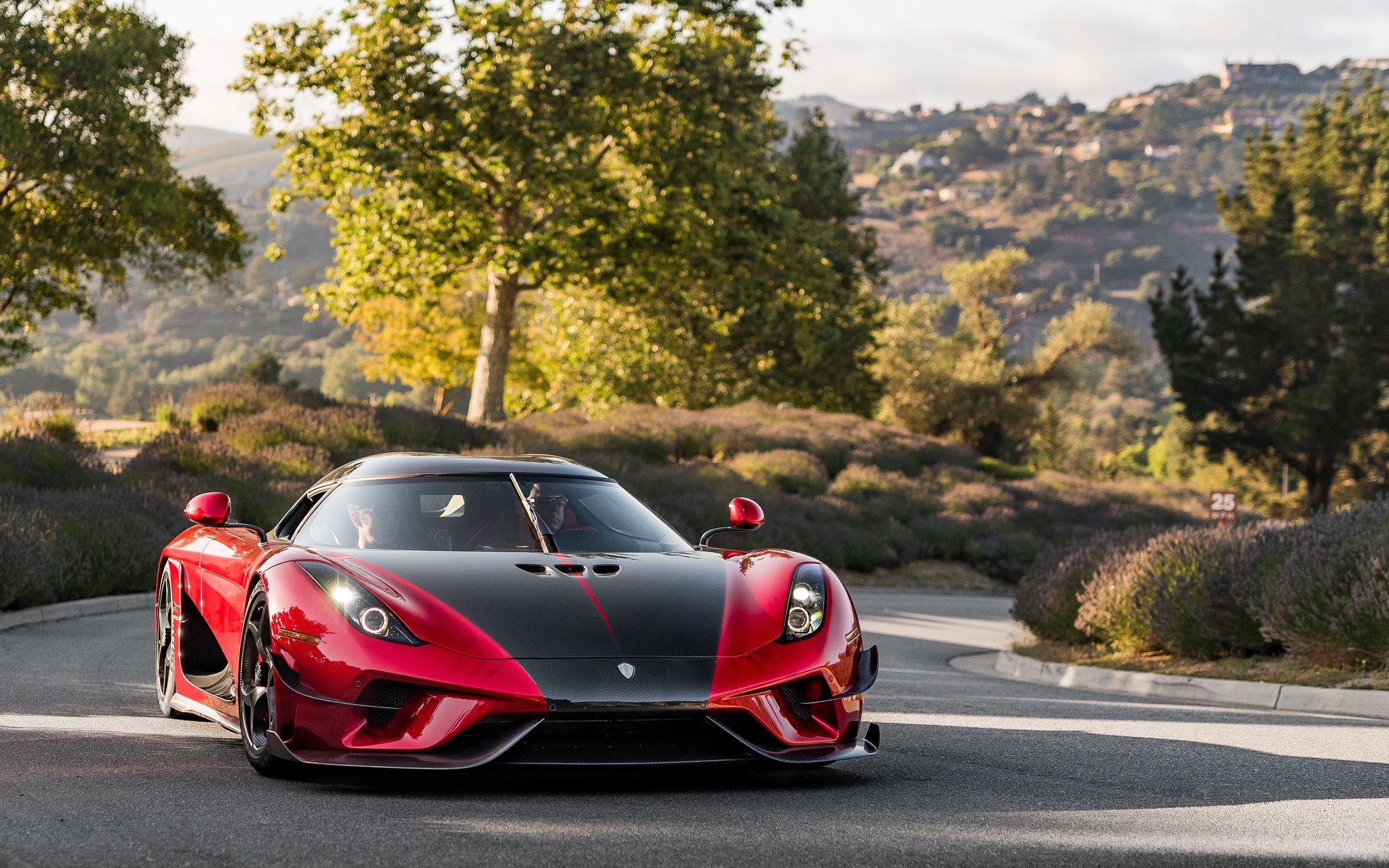
14. **Koenigsegg Regera: The Engineering Marvel of Direct Drive Hybrid Acceleration**The Koenigsegg Regera is not merely a hypercar; it is an engineering marvel, a bold declaration of innovation that redefined power delivery in the automotive world. With its groundbreaking Koenigsegg Direct Drive (KDD) system, the Regera famously eliminated the need for a conventional gearbox, offering an experience of seamless, uninterrupted acceleration that is utterly unlike anything else on the road. This radical approach showcases Christian von Koenigsegg’s genius in pushing the boundaries of hybrid powertrain design.
Underneath its exquisite carbon-fiber skin lies a formidable 5.0-liter twin-turbo V8 engine, augmented by three electric motors, synergistically producing a colossal total output of 1,489 horsepower and an astounding 1,475 lb-ft of torque. This monumental power, combined with the KDD system, allows the Regera to deliver its output directly to the wheels with minimal loss, resulting in mind-bending acceleration figures. It holds acceleration records, including the astonishing 0-249-0 mph feat, demonstrating its unparalleled ability to gain and shed speed with brutal efficiency.
Capable of reaching an incredible top speed of 255 mph, the Regera is a testament to advanced hybrid technology being employed not just for efficiency, but emphatically for extreme, unbridled performance. Its unique powertrain setup ensures a driving experience characterized by instant, relentless thrust, making it one of the fastest and most technologically advanced hypercars ever produced. The Koenigsegg Regera stands as a beacon of what’s possible when engineering ingenuity meets an uncompromising vision for hypercar excellence.
Car Model Information: 2021 Koenigsegg Regera
Name: Koenigsegg Regera
Caption: Koenigsegg Regera with ‘Ghost’ package
Manufacturer: Koenigsegg
Production: March 2016,(85 built)
Assembly: Ängelholm
Class: Sports car
BodyStyle: targa top
Doors: Dihedral Synchro-Helix
Layout: Longitudinal engine,Rear mid-engine, rear-wheel-drive layout
Engine: twin-turbocharged,V8 engine
Motor: unbulleted list
Drivetrain: PHEV
Powerout: unbulleted list
Abbr: on (kerb, KNC)
Transmission: Direct-drive mechanism
Battery: lithium-ion battery
ElectricRange: 22 mi
Order: flip
Charging: Alternating current,Type 2 connector
Wheelbase: 2662 mm
Length: 4560 mm
Width: 2050 mm
Height: 1110 mm
Weight: {{convert,1470,kg,lb,abbr=on
Designer: unbulleted list
Sp: uk
Categories: Articles containing Swedish-language text, Articles with hAudio microformats, Articles with short description, Cars introduced in 2015, Flagship vehicles
Summary: The Koenigsegg Regera is a limited production, plug-in hybrid grand touring sports car manufactured by Swedish automotive manufacturer Koenigsegg. It was unveiled at the March 2015 Geneva Motor Show. The name Regera is a Swedish verb, meaning “to reign” or “to rule”. Koenigsegg produced 85 Regeras, most of which were sold upon unveiling.
The Regera was developed and designed to be a more practical, luxurious, grand touring alternative to the rest of Koenigsegg’s lightweight sports car lineup: initially the Agera and later the Jesko. Consequently it is focused on the smooth and instant delivery of power provided by its overhauled powertrain, rather than on-track performance.
The introduction of the Regera alongside the Agera RS in 2015 resulted in Koenigsegg for the first time simultaneously having two models in production. This role was passed from the Agera to the Jesko in 2019, which briefly shared the production line with the Regera when Jesko production began in late 2021.
Get more information about: Koenigsegg Regera
Buying a high-performing used car >>>
Brand: Koenigsegg Model: Regera
Price: Not Priced Mileage: 1,100 mi.
As we conclude our journey through the electrifying landscape of hybrid sports cars and hypercars, it’s abundantly clear that the narrative has fundamentally shifted. No longer are hybrids synonymous with mundane efficiency; they are now the vanguard of performance, pushing the very limits of what internal combustion and electric power can achieve when harmonized. From the meticulous precision of the Aston Martin Valhalla to the raw, unadulterated might of the Koenigsegg Gemera and the groundbreaking engineering of the Regera, these machines represent the zenith of automotive innovation. They are not just faster, more responsive, or more efficient—they are an inspiring testament to a future where adrenaline and sustainability coexist, where the roar of a V12 blends seamlessly with the silent surge of electric torque. The hypercar frontier is vibrant, daring, and continuously redefining automotive excellence, proving that the golden age of electrified performance is very much here, and it’s exhilarating.” , “_words_section2”: “1994

